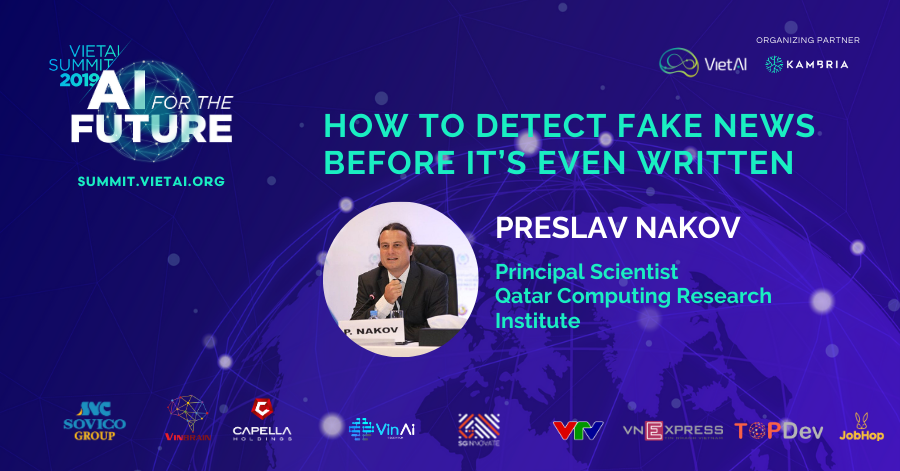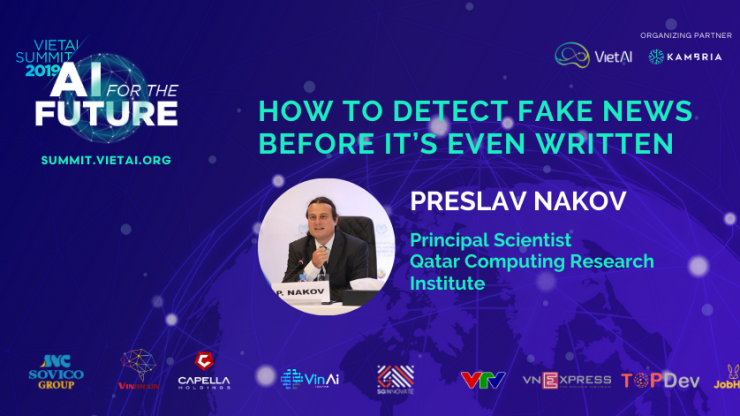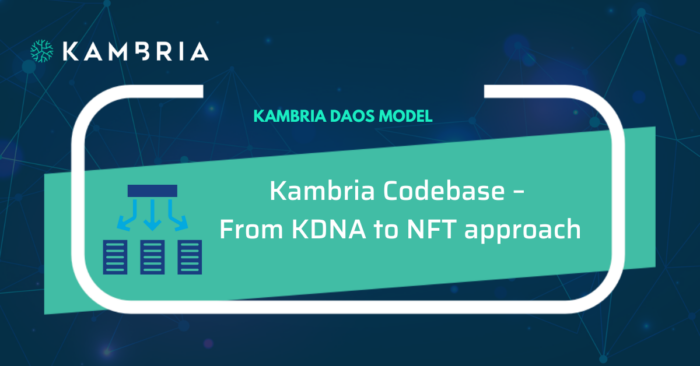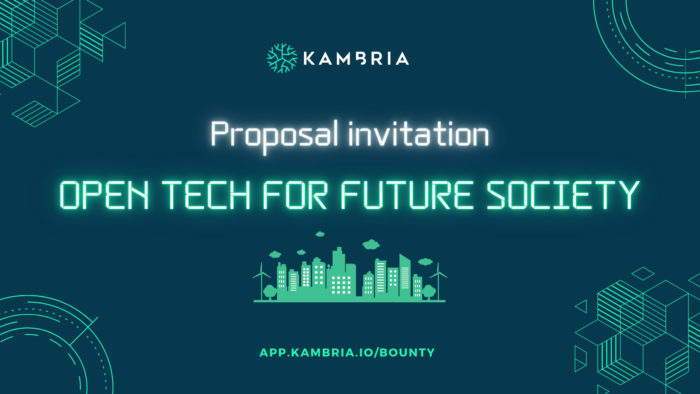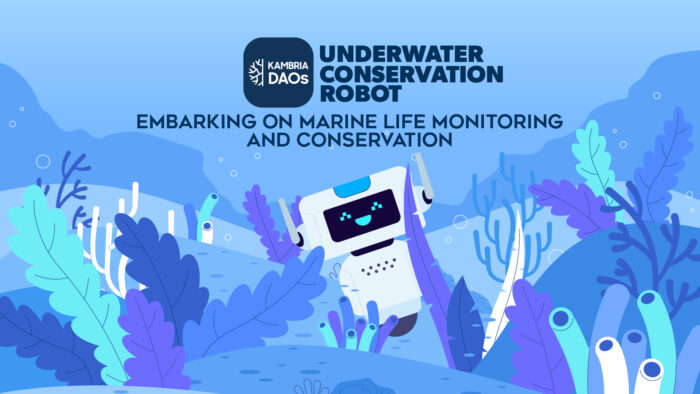As part of the VietAI Summit 2019, Dr. Preslav Nakov gave a presentation about how AI can be used to detect fake news -- before it’s even written.
Given the recent proliferation of disinformation online, there has been growing research interest in automatically debunking rumors, false claims, and "fake news". A number of fact-checking initiatives have been launched so far, both manual and automatic, but the whole enterprise remains in a state of crisis: by the time a claim is finally fact-checked, it could have reached millions of users, and the harm caused could hardly be undone.
An arguably more promising direction is to focus on fact-checking entire news outlets, which can be done in advance. Then, we can fact-check the news before it is written by checking the trustworthiness of the outlets that publish the news.
What is Fake News?
In this talk, Dr. Preslav reviews that is fake news and what is not. Fake news is not the same as satire. Satire is protected speech. Fake news is weaponized, it means harm. This is the real problem with fake news -- not that it’s false, but that it is used as a weapon of mass deception.
In addition to being weaponized, elements of fake news include:
- It is viral and spread over social media
- It can be used to target specific users based on their profile and demographics
How Can We Detect Fake News?
Can crowdsourcing be used to solve the fake news problem? Well, the problem is that people don’t recognize fake news when they see it. What about fact-checking? Can that be used to solve the problem? There are fact-checking sites but it’s hard to check each and every fact. Plus, 50% of the spread of fake news on Twitter, for example, happens in the first 10 minutes. So unless we can fact-check automatically, fact-checking sites are not much help.
Dr. Preslav’s solution is to check the source website of the new itself. Using the Tanbih news aggregator, which makes users aware of what they are reading. In particular, the site develops media profiles that show: 1) the general factuality of reporting, 2) the degree of propagandistic content, 3) hyper-partisanship, 4) leading political ideology, 5) the general frame of reporting, 6) that site’s stance with respect to various claims and topics, and 7) the audience reach and audience bias in social media. Tanbih also conducts fine-grained propaganda analysis to train people on how to recognize fake news.
Kambria Resource Library
To access all of Dr. Nakov’s slides for this presentation, head over to Kambria’s Resource Library. The Resource Library can be accessed for free by community members who own KAT tokens. Simply register for the Kambria platform by clicking “Login/Register” in the top right-hand side of the screen. Then choose “Library” to access materials from the Summit.
About VietAI Summit 2019
More than 450 people attended VietAI Summit 2019, “AI for The Future,” organized by VietAI and Kambria. With a program featuring many reputable guest speakers from big tech companies such as Google Brain, Toyota Research Institute, Kambria, NVIDIA, VinAI Research, Vinbrain, Deakin University, and Vietnam National University HCMC, we received many fresh insights into the exciting state of AI research and application, not just in Vietnam, but also around the world. To receive an invitation to VietAI Summit 2020, Like the VietAI Facebook page and Like the Kambria Facebook page.
